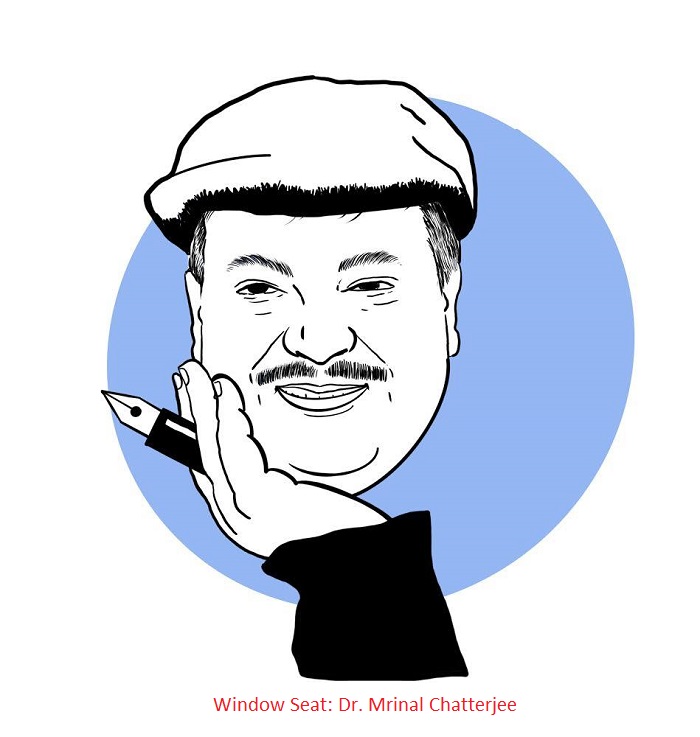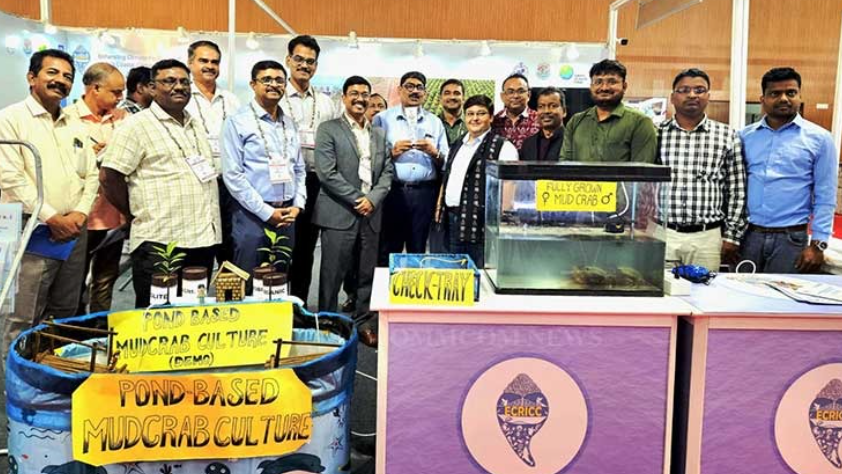Window Seat : Agriculture reinvented

Fifteen thousand years later a role reversal is being witnessed in human civilization. About fifteen thousand years ago, it was agriculture which drew people, then hunter gatherers- closer and made them settle down and form organised society. As there was more food than they could consume, trade and business followed. And so did gradually, all other requirements of a society- from physical infrastructures like roads to social structures like institutions, law to education. In the last hundred years or so, the pace of urbanization has accelerated. Changes in the level and pace of urbanization are determined by several factors, including differences in natural population growth between rural and urban areas, rural-to-urban and international migration, and the expansion of urban settlements through annexation and reclassification of rural settlements into cities.To cut a long story short, more people started living in cities and towns (call it urban areas) than in villages 9rural areas). Agriculture largely acquired two forms- commercial farming and subsistence firming. Fifteen thousand years after, now people are gradually reinventing agriculture- in urban setting. It is now called urban farming, slow food, terrace farming, kitchen gardening..so on and so forth. The change happened because of three major factors. One: people rediscovered the importance of remaining close to where they grow food. In other words people started realising the importance of locally grown food over food brought from thousands of miles away. Two: Besides the intrinsic dietary value of locally grown food, there is the cost factor. Cost- in terms of money in transportation and also in terms of carbon footprint. Three: the cultural value of food. Food is not just something which sustains and nourishes. It is also intrinsically woven into the culture of the land. So imported or processed food can and do impact the culture of a land or community. Thus increasingly people are growing food at their backyard and on the roof or any available space. This is good and a welcome trend. Large organisedfarming and food production has to be there to sustain the need of seven billion people. Immediate switchingto organic farming or‘grow your own food’mode will be disastrous as we have seen in Sri Lanka. Odia Journalism Day August 4 is celebrated as Odia Journalism Day. Although magazines in Odia have been printed and published since 1849, the first Odia newspaper, in the real sense, to be published was the weekly UtkalDeepika by Gourishankar Ray on August 4, 1866. It was born at a time when Odisha was beleaguered with many problems. A devastating famine (Na-ankaDurbhikha) was underway, which wiped out one third of the population Odisha. Odia language was under attack. Odia literature needed a strong fillip. The society weighed down by superstitions and badly needed reform. A nationalist movement was slowing taking shape. {"align":"center","id":203264,"sizeSlug":"full","linkDestination":"none"} It was in this critical juncture that UtkalDeepika took birth and it played a very significant role in sociopolitical life of Odisha. It brought the plight of common people to the notice of the concerned authority. It constantly highlighted the impact of the famine and suggested measures that should and could be taken. It strived for the development of Odia language and literature and protection of Odia interests. It fought for theamalgamation of outlying Odia-speaking areas, which remained scattered under different provincial administrations by launching a vigorous campaign. It tried to engage with people’s issues. It encouraged people to write letters to the paper regarding their problems.UtkalDeepika continued publication till 1936. Tailpiece: Wife’s Advice Darjeeling Toy Train, now a Unesco heritage is an engineer’s marvel. There is a "Z" reversal in Darjeeling railway at a place called Rangtong. The steep slopes of the Himalayan foothills presented a major challenge to the line's builders. This led to two significant types of engineering works being used; the loop and the 'Z' reverse. These enabled the line to attain height within the power and adhesion limitations of the locomotives of the day. {"align":"center","id":203267,"sizeSlug":"full","linkDestination":"none"} There is an interesting story behind the Z reversal technology. I do not know for sure whether the story is true or imaginary. Here it goes: In 1880, the concerned engineer laying the track, could not find enough space for the track to climb up. It was impossible to take the track forward along the hills. He was stuck. His wife gave an idea. Engineer's wife: Darling, why are you so much worried with this piece of paper? Engineer: I am not able to find a solution for this Engineering problem. Wife: What problem? tell me. Engineer: After constructing uptothis stretch, not able to proceed forward. Wife: So what? Engineer:No place to go forward, very steep terrain. Wife: If you are not able to proceed forward, don't worry. Go backward. Engineer:what? Wife: Go reverse! The engineer got the solution and finalised his design. Moral: Never turn deaf to your wife's advice!. About the Author: Journalist turned media academician Mrinal Chatterjee lives in Dhenkanal, Odisha. He also writes fiction and plays. He can be reached at [email protected] DISCLAIMER This is the personal opinion of the author. The views expressed in this write up have nothing to do with those of prameyanews.com
Latest News

Odisha’s Climate Project wins top award at Sea...

Sitharaman, Purandeswari, Srinivasan: The Top...

Vigilance raid: Talcher ASI caught taking brib...

Assault on BMC official: OAS officers to resum...

Air India Crash: UK Families Retain Law Firm f...

PM Modi gifts silver filigree purse to Ghana’s...

Beyond Diplomacy: PM Modi's Visit to Trinidad...
Copyright © 2024 - Summa Real Media Private Limited. All Rights Reserved.
























